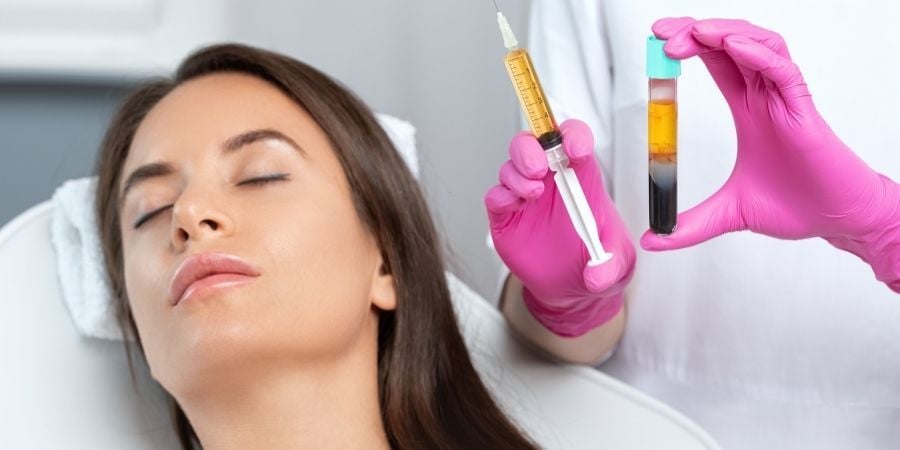Posted By:
The Hampton Clinic
Share:

iPixel is a treatment used to improve the overall quality and appearance of the skin, making visible changes in wrinkles, scars, sun damage, pigmentation, texture and even pore size. It works by utilising a precise laser beam that penetrates the upper layers of the skin and creates tiny perforations called pixels to stimulate the skin’s healing response.
iPixel is considered to be a semi-ablative fractional laser, but what does that mean?
Ablative lasers remove the outer layers of the skin, while non-ablative lasers work beneath the skin's surface without damaging the outer layer. Semi-ablative lasers fall somewhere in between, partially removing skin layers and partially heating deeper tissues.
Fractional refers to a type of laser that targets a fraction of the skin at a time, creating microscopic columns of treated skin surrounded by untreated tissue.
The benefits of semi-ablative fractional laser is a faster healing and shorter downtime compared to traditional, more aggressive laser treatments. iPixel works by treating the skin in a pixelated way, creating tiny microchannels but leaving the surrounding skin intact. These tiny microchannels will then stimulate your skin's healing response, leading to increased cell turnover, smoother skin, less texture and a much increased collagen production.
1 - The laser directs a short, intense burst of laser energy onto the surface of the skin. This heats water within the surface layers, causing both the water and skin tissue to turn to vapour.
2 - With each pass of the laser, tiny areas (or pixels) of the outermost layers of skin are removed in a precise and controlled way. Surrounding skin tissue is untouched and remains intact.
3 - The process uses the body’s natural healing process to stimulate the growth of collagen and replace the lost skin with new, healthy and smoother skin tissue.
The treatment is pain free since a powerful topical anaesthetic is used during the session.
CO2 and erbium lasers are both effective skin resurfacing treatments, but they differ in their intensity and recovery profiles. CO2 lasers penetrate deeper into the skin, but they come with a longer recovery time and a higher risk of side effects. In contrast, erbium lasers are more precise and less invasive, causing less thermal damage to surrounding tissues, resulting in a shorter healing period and fewer side effects, making them ideal for most skin types and concerns.
If you’re looking to address surface-level and medium-deep lines and wrinkles, pigmentation and sun damage on the face, hands, neck and chest, iPixel can be a great option for you. Other concerns such as uneven tone and texture, as well as acne scars and surgical or injury scarring can also be effectively improved with iPixel.
Due to its semi-ablative nature, iPixel works best on lighter skin tones, but that does not necessarily mean patients with dark skin won’t be good candidates for treatment. We advise a skin consultation to discuss suitability.
This is a particularly effective treatment for people with scars (including acne scars), enlarged pores, rough skin texture, photo damaged skin or for clients just looking for complete skin rejuvenation.
You may experience swelling, redness and skin flaking over 3-7 days after your treatment. This, however, is social downtime, meaning you can return to work and most normal activities in a couple days.
iPixel provides similar transformational results to deep chemical peels with fewer risks and a much faster healing time. This treatment dramatically transforms the appearance of your skin. If you're looking to counteract years of skin damage, book your skin consultation to see if iPixel is suitable for you.
%20(1).jpg)
Sep 12, 2025 5:15:00 PM
-1.jpg)
Sep 4, 2025 3:15:00 PM

Aug 27, 2025 12:30:00 PM

Aug 20, 2025 1:30:00 PM

Copyright @ 2026 The Hampton Clinic